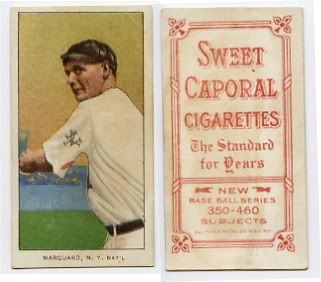Posted By:
Kevin SaucierBy all means...there is nothing to lose by calling the "Big O."
hummm...Top 5 things to look for in a potentially altered graded card? Most will already know these but here is a quick checklist with some examples of cards that "all are/were (except for the trimmed) graded":
1) Trimming - under a halogen, if you can see the edges, study them carefully with a loupe. Look for signs of trimming such as: uneven wear or cuts, cut marks, stall marks, missing tone, crimped corners, fiber like hairs standing on end from sanding. If the rails are blocking your view, try to look at the exposed ends where the rails end. examples - top is sanded across, bottom is half trimmed to show the look of tone loss.

2) Missed by graders - It will be very difficult to look at the surface under a halogen, since the reflection will be a hindrance. With a loupe cover all areas of lettering and pixilation. Look for tiny amounts of paper loss, areas that appear to be missing or blurred ink (from a stain removal- see bleow), and small surface wrinkles. If a wrinkle is found angle it in the light to see if the the wrinkle is shinny on top (pressed out).

3) Bleaching - Look at color of the card and the white areas (if any). Check to make sure it has a nice tone and not overly bright. If you think it's too white or the colors too bright, go to #2 and look for missing pixel colors or faint stains that the chemicals may have washed away. It may not be noticeable unless scoped. The example below is in a 2 holder.

4) Check the integrity of the slab. Look for small amounts of frosting on/in the plastic. Large areas would be noticeable, we are looking for doctored areas. PSA and SGC slabs can be taken apart and the frost buffed out to look very close to normal. Not to worry...separating, buffing and rejoining all have very specific doctoring tricks.
5) Carefully study areas that may look like card faults, as alterations can be hidden in plain sight and covered up by another alteration. Below are two covered pinholes.

6) As a final check, run it under a black light in a dark area and look for illumination spots. These are left by chemicals, added stock, adhesives, added color and other foreign matter.

There are of course many other areas and things to look for, these are just the basics. For high grade cards trimming and bleaching will be the areas of most concern, since those two things alone can, for example, bring a 6 to an 8...or more. Plus they are the alterations that graders often miss IMO.
btw Jim...do you have an answer to the email I sent you (LOL)?
Kevin Saucier
 Similar Threads
Similar Threads